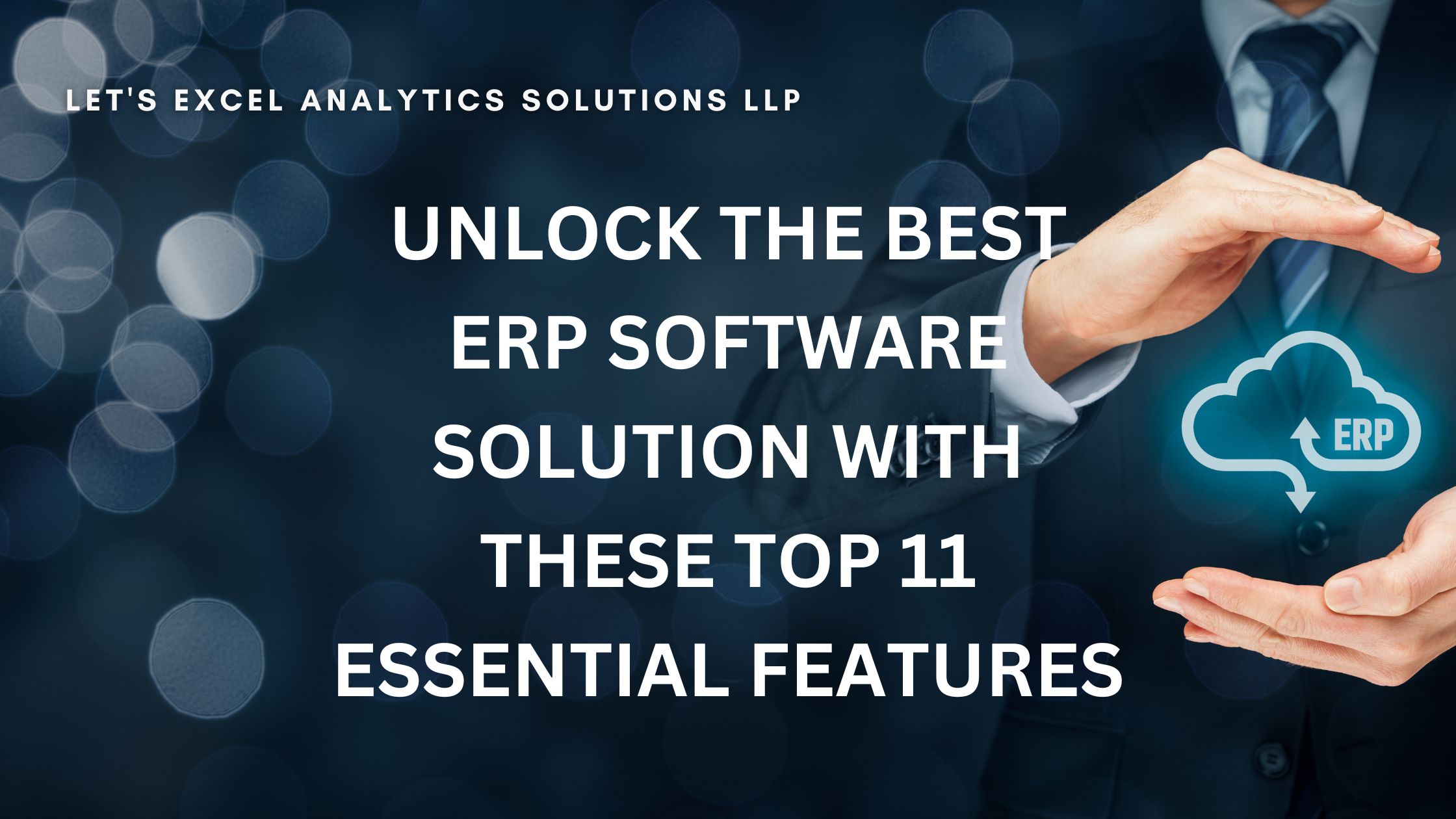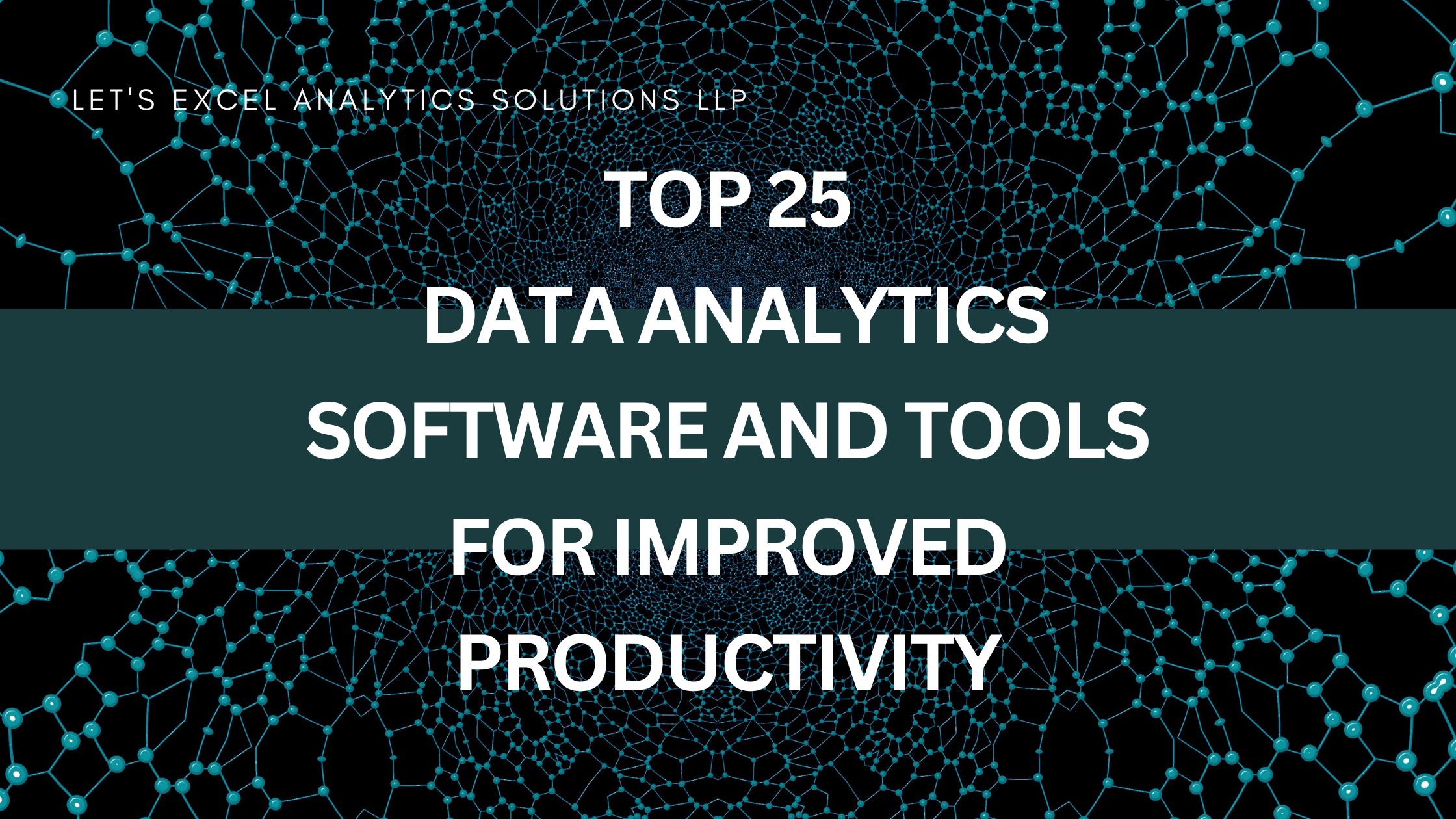Introduction: Predictive Data Science
Predictive data science is no longer limited only to data scientists and engineers. Interested to explore what you can do in the food & beverage industry? Read this article to know how your competitors are leveraging predictive data science to improve their operations. Progress happens with each step taken. With the market becoming more competitive than ever, everyone is eager to find a breakthrough solution. According to a news report on CISION PR Newswire, the global food and beverages market reached a value of nearly $5,943.6 billion in 2019, having increased at a compound annual growth rate (CAGR) of 5.7% since 2015. The market is expected to grow at a CAGR of 6.1% from 2019 and reach $7,525.7 billion in 2023. Meaning that there are massive amounts of data just waiting to be analysed and processed for meaningful insights using predictive data science. Let us now see what data science and analytics can do for the food and beverage industry.
Predictive Data Science in Restaurant Industry:
When talking about the benefits of predictive data science in food, we cannot leave out restaurants. Restaurant owners do not seem to realize the tremendous amounts of data that is generated from their customers. Therefore, there are chances that they miss opportunities to decrease costs and improve customer experience. With the explicit and precise implementation of data science, restaurant owners can obtain real-time analysis of their customers’ data and make the required improvements. For instance, owners and founders can point out their highest selling or most expensive items, the quality of food offered, and more. Based on this data, they can make informed choices, and also fix their mistakes.
Predicting shelf life:
Each type of food has its own shelf-life, causing it to expire over time. However, there are certain items of consumption that only grow better with time. For instance, wine gets better with time, but fresh produce will expire. Different items of food and drink have different shelf lives and managing all of them independently is a major challenge for this industry. The procedure for dealing with wine is very different compared to the procedure for dealing with expired products. But, by incorporating predictive data science into the picture, data engineers can predict the shelf life of produce, thus ensuring pre-emptive action is taken to reduce the amount of waste and saving money and time.

Sentiment Analysis:
Social media, review websites and food delivery apps have allowed the food industry to do something that was not possible in the past, i.e., sentiment analysis. Using NLP, organizations can analyse their social media channels and discover patterns and trends in the data. This will allow them to discover the most popular foods and beverages of any season. It also allows them to discover the popular foods during special occasions and other festivities. Brands, restaurants, and organizations can, in turn, be more receptive to people’s demand and act accordingly. Google analytics can be a helpful medium in this case.

Better Supply Chain Transparency:
Let us now look at another example of how data analytics can benefit growers, transporters, processors, and food retailers:
- Information about the weather is also entered into the database. Inputs about precipitation and temperatures can be automated.
- The farmers enter the test results of the soil, along with the planting and harvesting data into a database used by a particular software program.
- The logistics company that transports the farmer’s crop from the farm to the processing mill, inputs the start and end times for the trip in the database.
- The food processor enters the start and stop times for various stages of the processing, sorting, washing, packaging, and placing in cold storage can all be tracked with automated sensors.
- The product is then monitored from the processor to the retailer. Any delays that could cause the food to spoil can be easily identified.
- At the destination, the vendor can record the quality of the food when it arrives,
- Customer feedback on social media can also be added to the collected data, to provide further insight to the food supply chain.
The entire supply chain can access this information. If there arises any problems, changes can be made to this process to prevent a further recurrence. Moreover, retailers can choose to accept or reject the shipment based on this data. The software performs an analysis of the data and provides intelligent and accurate conclusions to all parties involved in the supply chain. Analytics software takes the help of a large number of sources for making its analysis, including social media. Both structured and unstructured data is used for the analysis. This collection of data is known as big data.

Measuring Critical Quality Attributes:
There are certain primary attributes against which the food and beverage industry measures the quality of its products. These attributes can be a great asset in marketing them – for example, the alcohol concentration in beer. However, conventional methods of measuring primary attributes are time-consuming. In case of beer, the alcohol level is measured using a method known as near-infrared spectroscopy. This method, however, is time-consuming and delays the production process. Predictive Data science and analytics allows organizations to explore other methods that are faster and more cost-effective, like the Orthogonal Partial Least Square Regression and multiple regression models to measure alcohol content and colour.
Better Health Management:
Consumers wish the food industry to be more transparent. The leading firms of the multi-billion-dollar beef industry realised this when they gathered for Beef Australia 2018, a convention that sees over 90,000 visitors. Consumers expect restaurants and organisations to be more forthright with them. They expect to be completely aware of how the food was produced, how the livestock was treated and what chemicals, if any, were used in the food. They want to be completely aware of what they are consuming. Data science and analytics helps incorporate transparency within these supply chains, so that organizations can be more honest with their customers. Transparency also assists in solving problems related to logistics and supply. For instance, it becomes easier to track contaminated food supplies to their storage locations, thus eliminating the chances of spread of food-borne diseases.
Predictive data science and analytics allows organizations to protect food health and prevent cross-contamination. Geographical data, along with satellite data and remote sensing techniques, allows data analysts to ascertain changes. This information, along with data on temperature, soil property, and vicinity to urban areas, can predict which part of the farm is likely to be infected with pathogens, and take immediate action beforehand. Another excellent example is when cities are short on food inspectors – data analytics can analyse historical data on 13 key variables to help pinpoint the riskiest establishments, making better use of limited food inspectors.
Predictive Data Science for Food Innovations
Organizations need to keep pace with the changing demands of the consumers. With the fluctuation in their tastes according to season, time of day, weather, mood, etc, it becomes crucial for the organizations to take the assistance of predictive data science. This data is then converted into meaningful information which aids in making important decisions, as well as to improve sales and overall performances.
Food Marketing
Predictive data science also assists businesses in improving their marketing campaigns, developing creative and high demand products, and empowering firms to stay updated over their competition’s growth rate, control quality as well as assess decisions regarding purchasing and prices. The data also helps businesses keep track of certain crucial factors, like the quality of their products, by gauging if the composition of the product has been altered in any way.
Conclusion
Predictive data science and analytics has definitely brought about a positive growth in certain industries, including the food and beverage industry. This industry is prone to its fair share of difficulties. With the ever-growing population, consumers are always looking to choose the best option that they can get. Since the consumer is the key, organizations need to make decisions revolving around the consumers’ tastes. Data science enables businesses to derive conclusions about which option will be best suited for the consumers. It allows organizations to collect and analyse data and derive at interesting patterns and trends over a period of time. The technology can also be used to conceive several creative solutions to problems plaguing the industry while bringing positive developments to food and beverage.
Curious to explore Predictive Data Scinece in your work?


